If you live long enough, you’ll see all manner of science fiction come to life.
Like right now, for instance.
My busted hand is healing more slowly than I might like, so I just figured out I can dictate my column on my new-ish computer.
It’s blowing my mind.
So many of us use technology, these days, to take us out of our everyday world, away from the thoughts that clutter our minds. Whether we’re looking at computers, phones, tablets, watches, or television screens, digital reality transports us away from our mundane lives.
I’m getting a rush, at the moment, because I’ve had the same way of writing for the last nine years, (you know, typing…) and it feels like the 21st-century has finally come in earnest to my remote little horse pasture in the Wild West.
If you’ve been reading this column for a while, you’ll know there are some themes I return to again and again over the years. One idea I like to consider, from time to time, is the way art functions in the very manner I’m currently discussing technology.
Art can expand our minds.
Like the perfect psilocybin trip, movies, paintings, books, photographs, (etc.,) help us understand more about the world we inhabit. Art can definitely make us smarter, which is why some people find it so threatening.
But art can also make you forget the world. It can wipe your mind clean, and leave you feeling all sorts of emotions, as your neurons blaze with bio-electrical energy.
Last year, during my travels, (which I reported on extensively here,) I had a couple of art experiences that transcended what I normally get out of looking at objects on the walls of a museum.
Each time, I got swept up in the music.
I admit that back in the 90s, I went to my fair share of concerts, and had a shit-ton of fun. But it’s been so long since I’ve seen live music, what with dinners to cook and kids to put to bed.
So when I was in Chicago for the Filter Photo Festival back in September, I found myself eating late night scraps at a party with some local jazz musicians who had just wrapped their set. I asked them where they would go if they were me, to see something special, and they mentioned a place called The Green Mill.
When I told my friends, they assured me it was famous, as it used to be a hangout for Al Capone. Now that I’ve been to Chicago three times, I get the sense there’re a lot of places that lay claim to the old gangster. His name still comes up constantly, this deep into our futuristic present.
Anyway, there was a cheesy-old-timey-white-guy-jazz-band playing when we arrived, which my friend Erin likened to listening to NPR live, and the bouncers kept insisting everyone be quiet to listen. (Lots of shushing.)
It was a total bummer.
All of a sudden, the band welcomed an Old-Spanish-Female-Gypsy singer to sit in with them, and within seconds of her opening her mouth, I was transfixed. Everyone shut up willingly, like something out of a movie, when the odd duck walks into the wrong bar.
Oh my God, it was so good.
Before you know it, I was the one telling Erin to shut up, and then after two songs, she was gone. The band went back to its lame previous set.
Then this December, when I was in New Orleans for the Photo NOLA festival, I swore I would not leave town without hearing some kick ass music. New Orleans is renown for being one of the best music cities on Earth, yet I had never seen so much as a tambourine rattled on previous visits.
Certainly, no Second Lines, or anything special like that.
Each time I’ve gone, I’ve been told that Frenchmen Street is the place to go, but I hadn’t ventured that far before. This time, I refused to take no for an answer, and luckily recruited a great group to join me. (We hailed from Chicago, London, Taos, Savannah, Dallas, Atlanta, Tucson, and Phoenix, so it was a polyglot affair.)
The first bar we went to had some hack singing “Happy Birthday” to a bunch of drunk tourists who didn’t know any better, even though we were told this was more a local’s part of town.
We left, (of course,) and found a bar called d.b.a. The bouncer let us in for free because the cover charge hadn’t started yet, but told us if we left we’d have to pay 10 bucks to get back in, because the band was THAT GOOD.
He suggested if we were smart, we’d hang tight for a couple of hours, and wouldn’t be sorry. Man, was that dude right. (Thanks for the advice, random-NOLA-bouncer-guy.)
It was a Mississippi Hill Country Blues duo featuring Cedric Burnside, the grandson of the famous bluesman RL Burnside, and his sometimes partner Lightnin’ Malcolm.
Holy shit, could these guys wail. The music was violent, but in a good way. I was yelling and screaming, dancing like a teenager, and sweating from the heat of their awesomeness.
It was one of the best art fixes I’ve had in a very long time.
I know on this blog we show photographs, and there’s rarely any sound, beyond the odd-random-video-link. You guys come here to read the writing, and look at the pictures, and I hope in the best case, some of the things you look at might take you out of your head, in addition to expanding your mind.
Some artists I meet have political things to say, and critique the cultures in which they live, and others just want to make something beautiful, peaceful, or memorable.
So today, I’m showing you the second and final group of portfolios that represent the best work I saw at Photo NOLA last month.
Becky Wilkes hails from Ft. Worth, Texas, and has a house on a lake down there. She likes to go on walks, and picks up trash that she finds along way, before taking it to her studio to make art. She showed me one group of pictures that was very linear, and literal, and I felt it could use a little loosening up.
Then, she had a second series that was far more playful and light hearted, as she makes little tableaux. It presented the objects in stark contrast to the manner were normally accustomed to seeing them. I think they’re kind of cool, and I’m sure you will too.
Christos Palios is a Greek-American hailing from the Baltimore area. Rather than showing me pictures of the Inner Harbor, or all the locations David Simon filmed in during “The Wire,” he had a series of photographs from across the world in Greece.
The pictures represent unfinished, concrete structures dotting the landscape, abandoned after The Great Recession. Christos prides himself on his craftsmanship, and I don’t blame him, as he’s teasing some really high resolution landscape imagery out of a full frame digital 35 system.
Technical-speak aside, I think the pictures a really interesting. There’s a calm, bleakness to them, but they’re also traditionally beautiful as well, with their formal structures and subdued-but-evident color palette.
I first saw Mary Anne Mitchell’s work out of the corner of my eye at the portfolio walk, and it appeared she was working with tin types, which were popular at the festival. (Frankly, now that I think about it, I saw a fair bit of that style of work in 2017.)
When we sat down at the table the next day, she showed me that, like others I’ve reviewed, she had scanned and enlarged the tintypes, and was printing her images digitally. At first I questioned the technique, because why bother going old-school if the final results don’t really show the work?
But then I saw the large prints, with all sorts of texture captured from the plates, and I thought they were great. Mary Anne, who’s based in Atlanta, shoots mostly in her backyard, and uses friends and family as models, yet involves masks in ways ways that reference photo history, and art history in general. (Like Julia Margaret Cameron meets Ralph Eugene Meatyard.)
Crazy stuff.
Jan Arrigo was one of several people who returned to my table to show me how their work has evolved from a previous meeting several years before. (I took that as a compliment.)
Jan lives nearby, on Lake Pontchartrain, and had multiple series of well-crafted pictures that showed off the lyrical, Southern, baroque beauty of the landscape. In particular, I liked a group that tracked the place in the years before, during and after Hurricane Katrina.

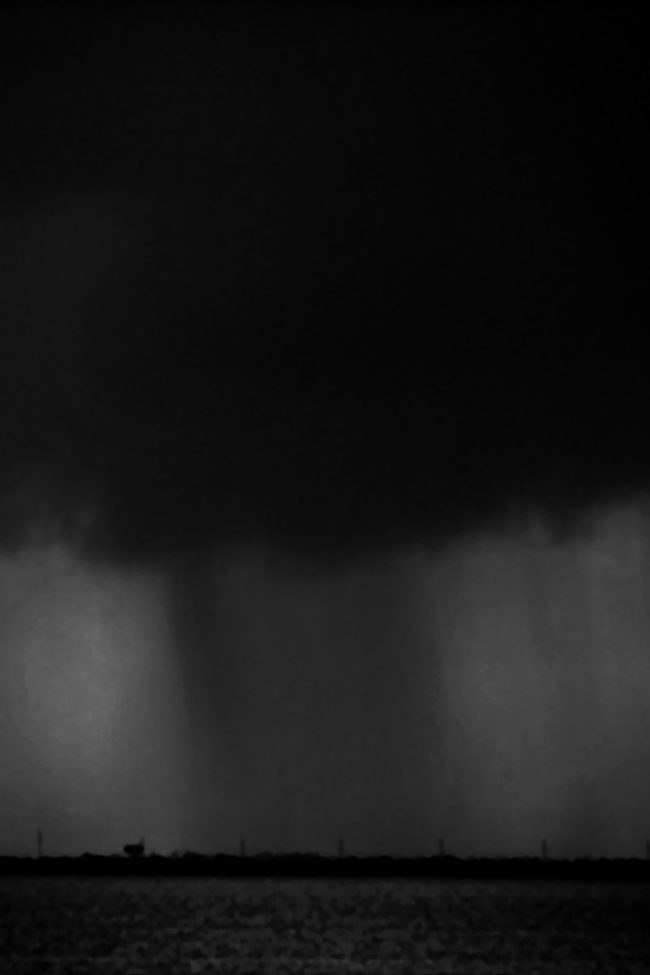
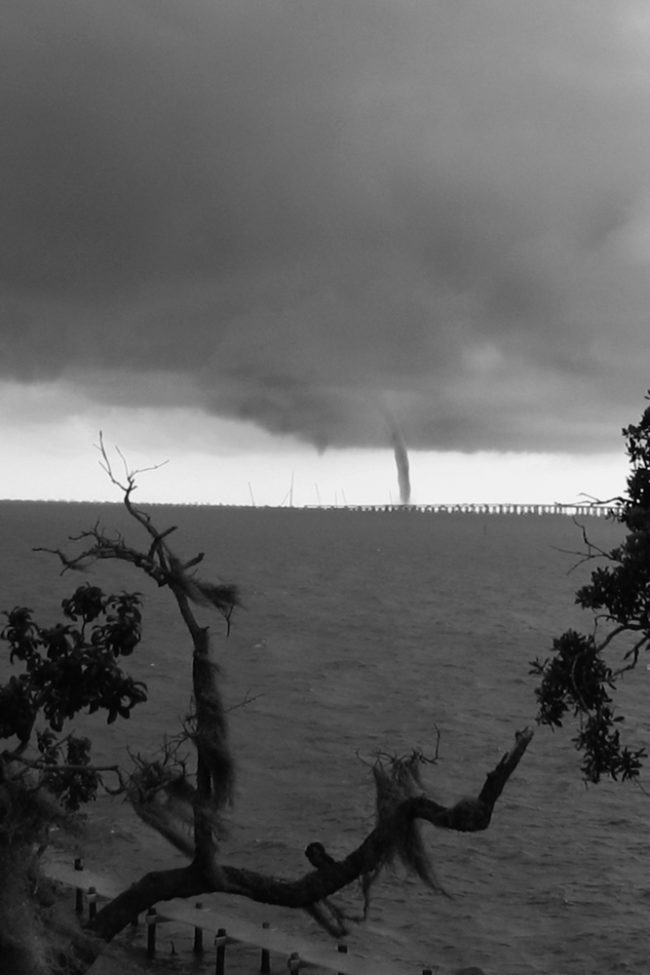

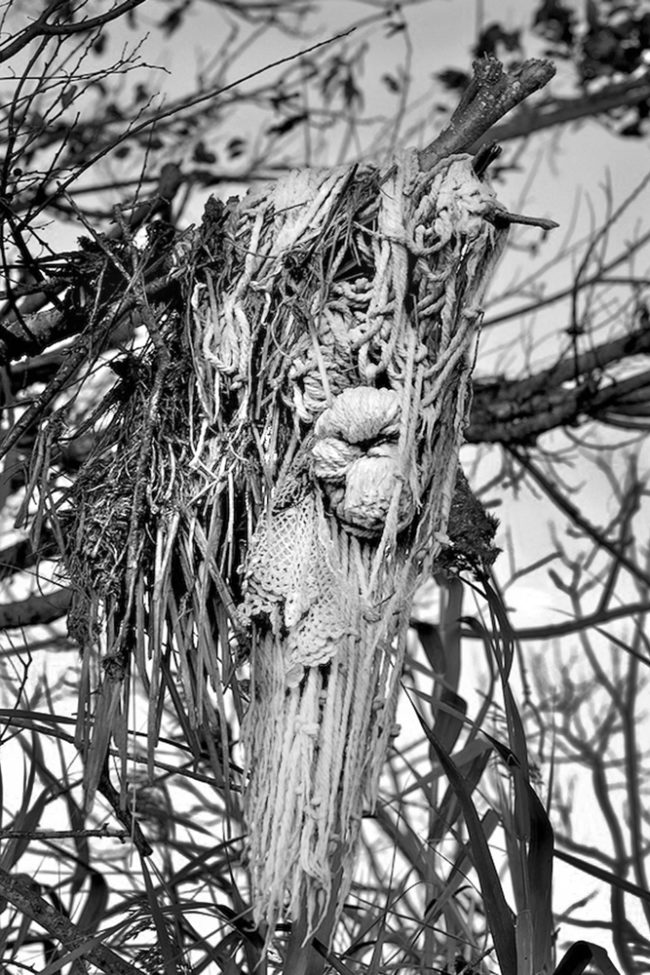

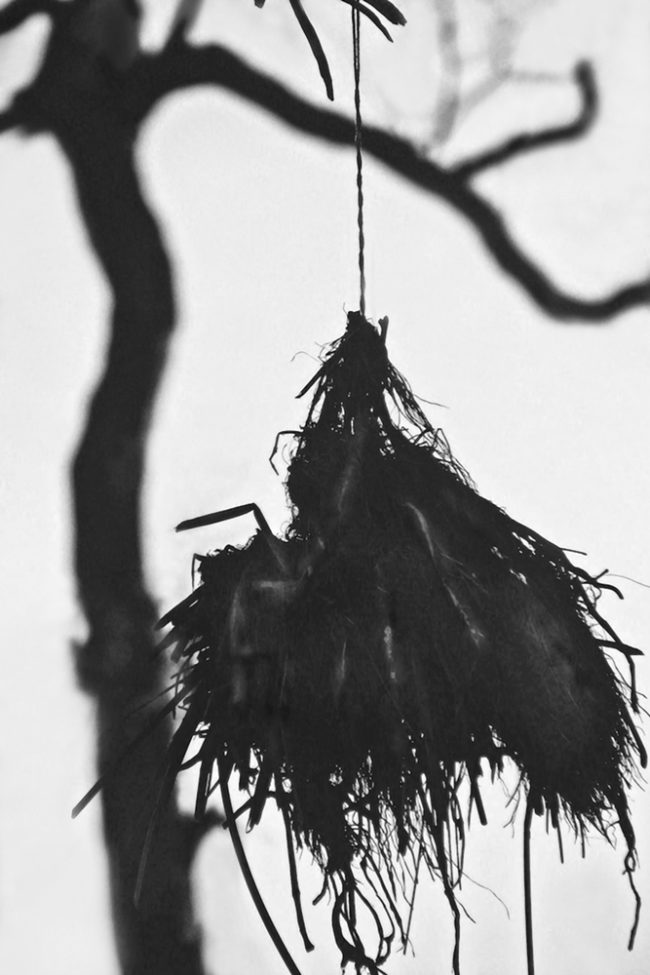
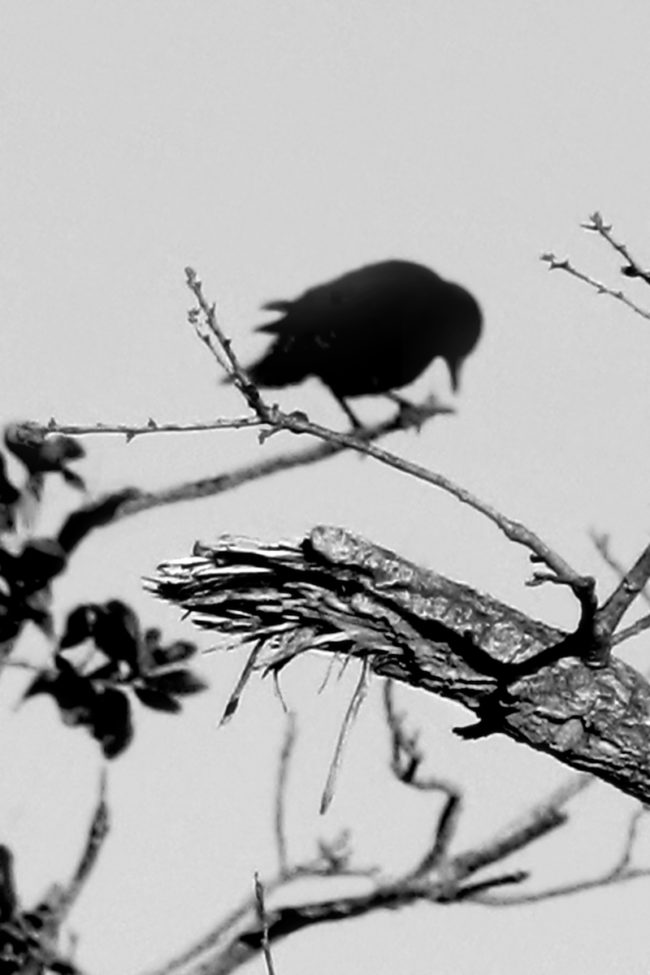
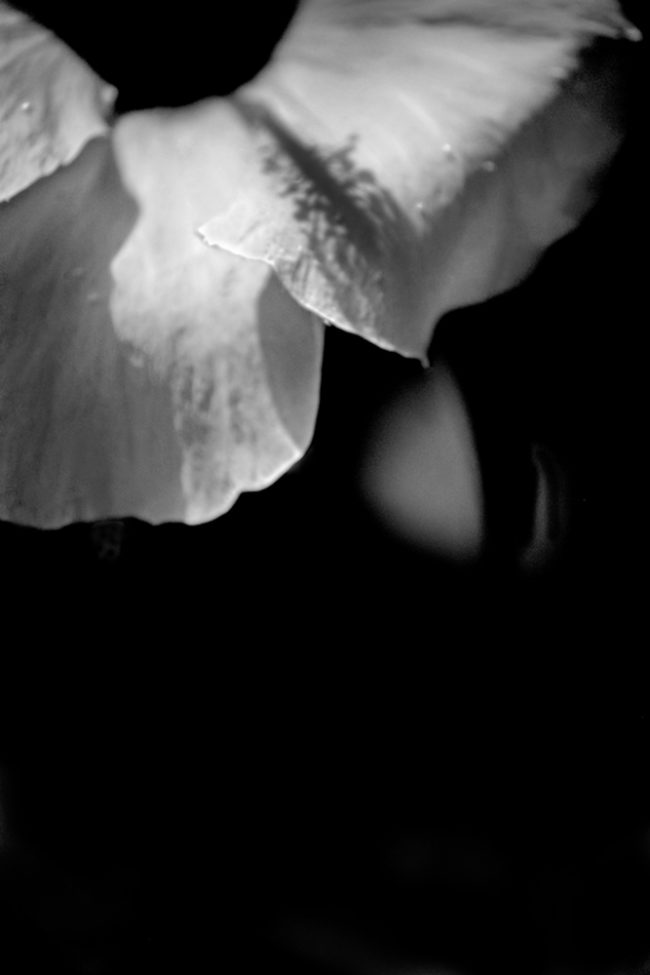
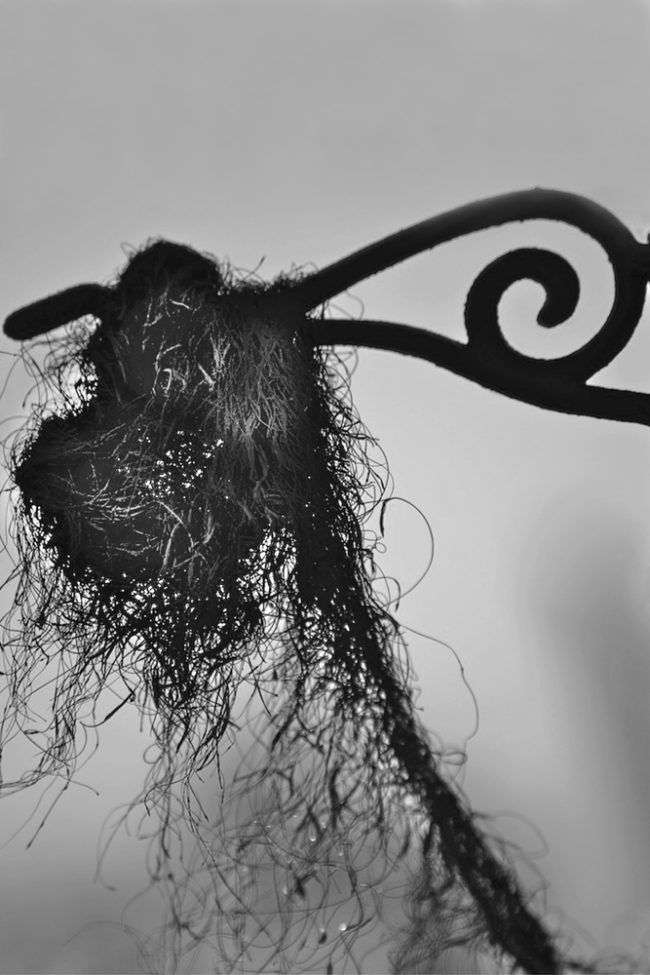
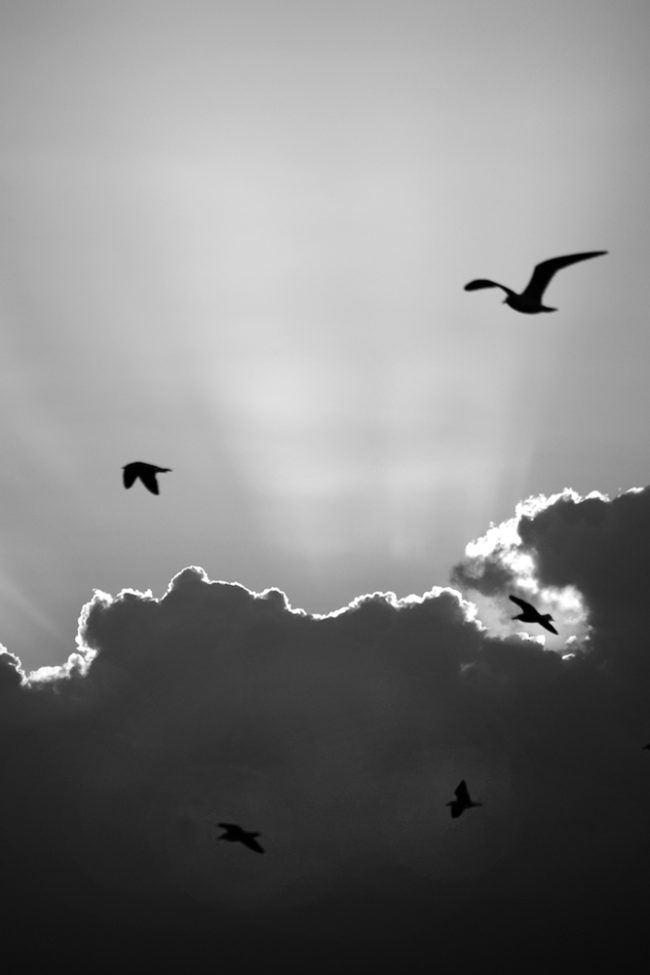
Finally, we’ll end with George Nobechi. (As someone wrote me in an email this week, sometimes you save the best for last.)
George was visiting from Japan, though he’s Japanese-Canadian, and told me he was heavily inspired by the National Geographic photography done by legend Sam Abell. As I often think of that style as being represented by “single images,” and George said he had traveled the world by himself, but the resulting pictures did not have a coherent theme, I admit I was concerned.
But all it took was one pass through the photographs to see how tight, and Zen his vision was. I could look at some of these pictures all day, and walk away totally blissed.
The fact that I ran into George at the end of the festival, and he offered me some brilliant sake from a tiny distiller, high in the remote mountains of Japan, had no bearing on my opinions about his photography. (But it definitely made me like him more.)
Okay, that’s all for now. Hope you have a great weekend, and I’ll have a book review for you next Friday, as usual.
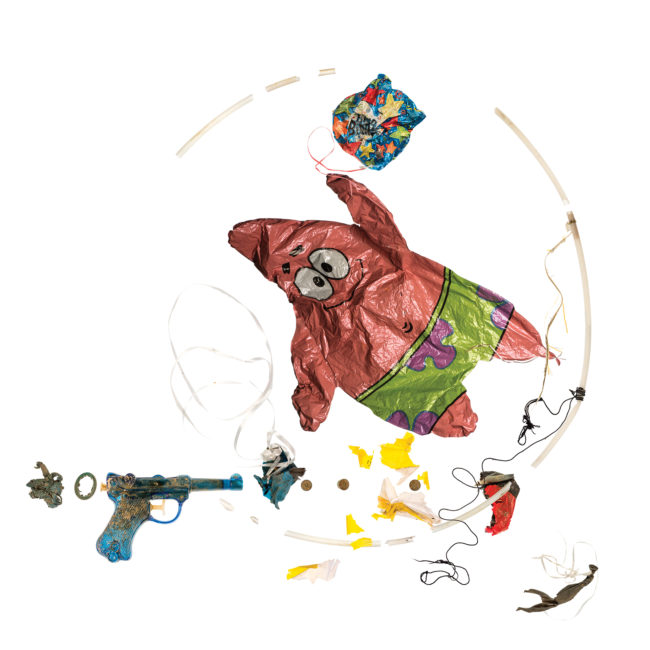
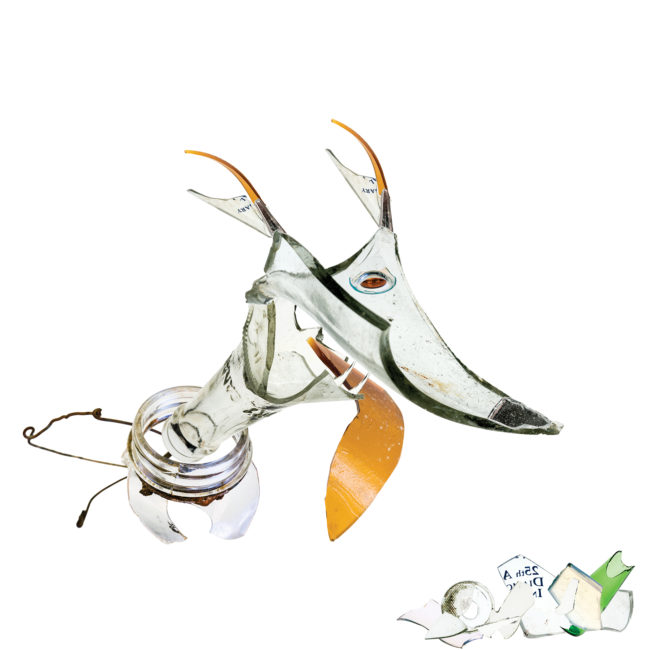


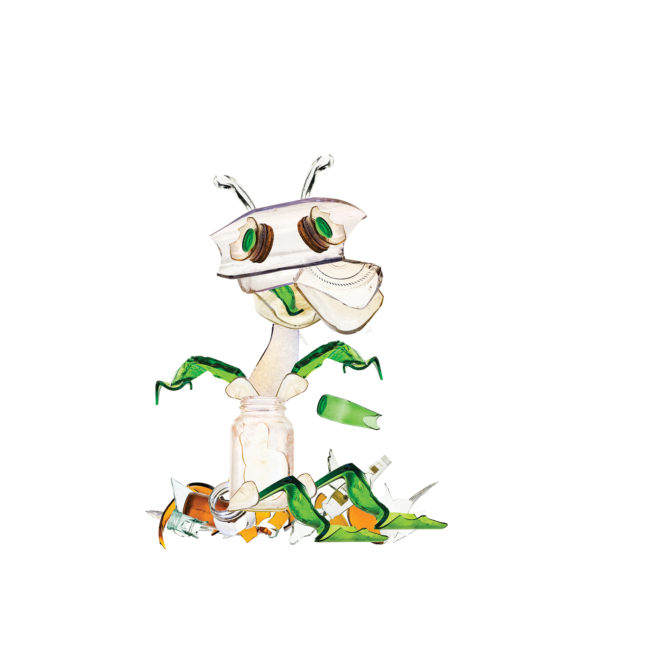
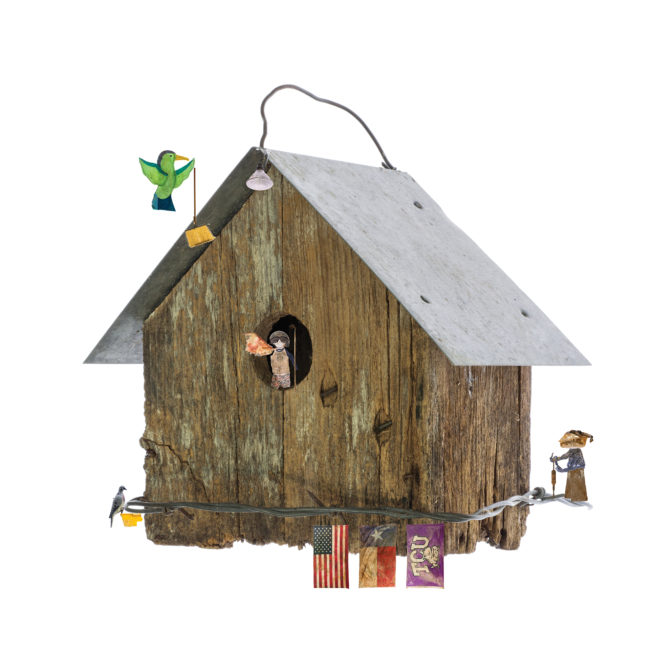

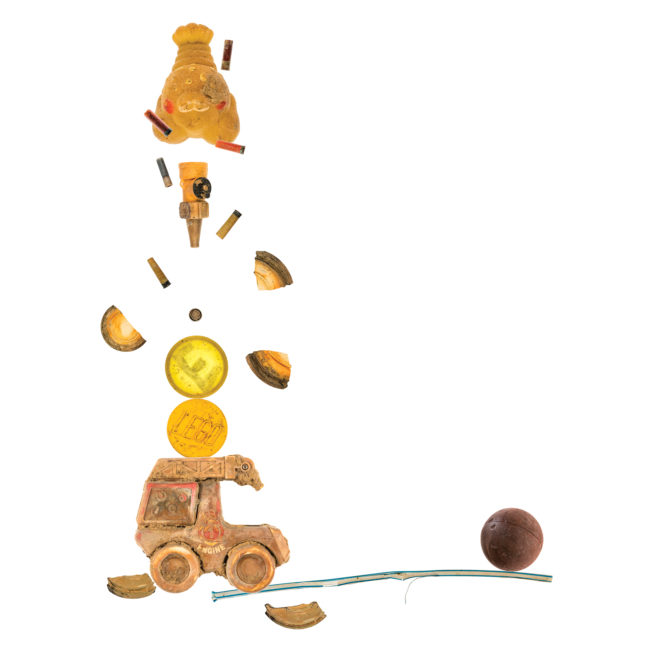
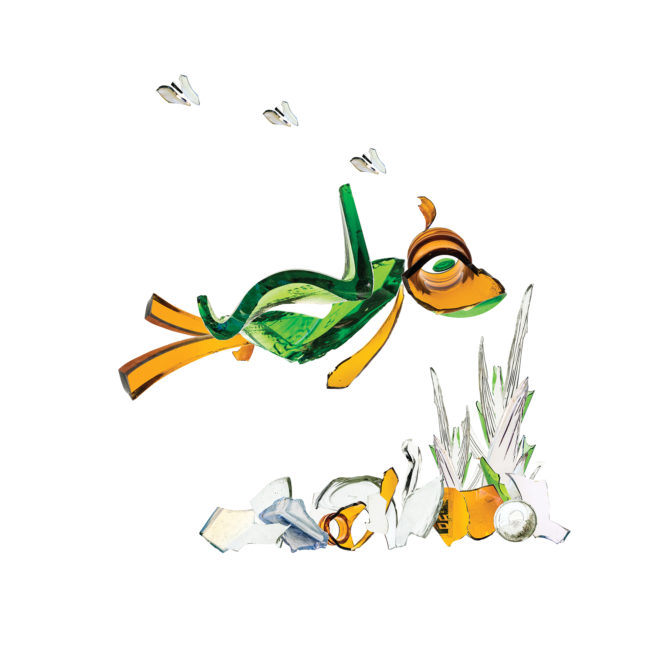
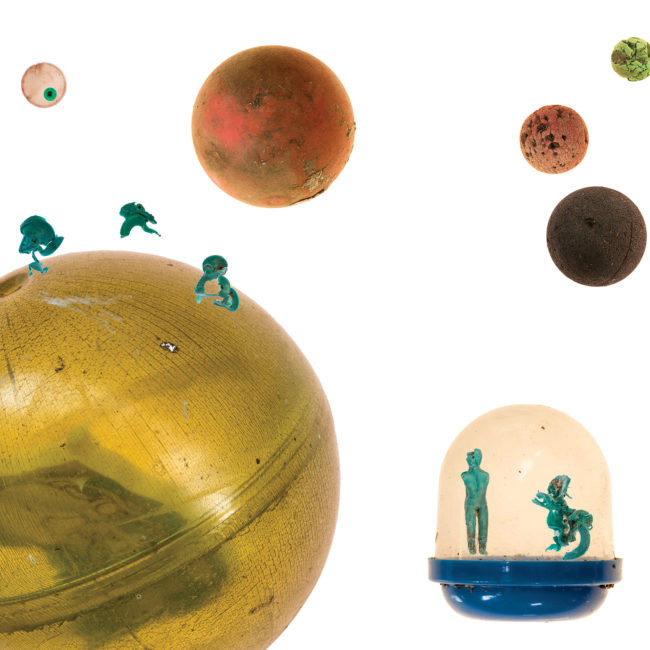
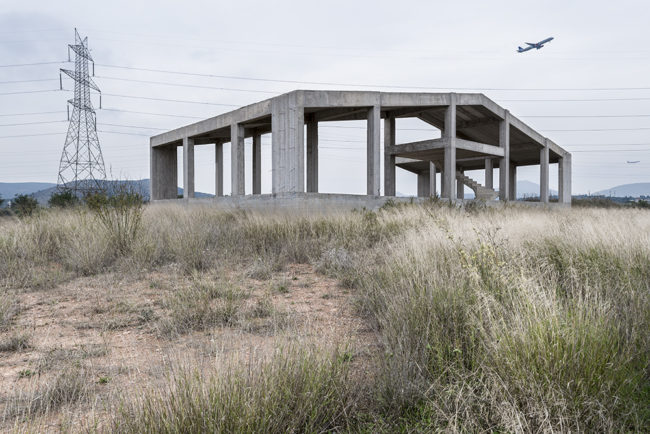
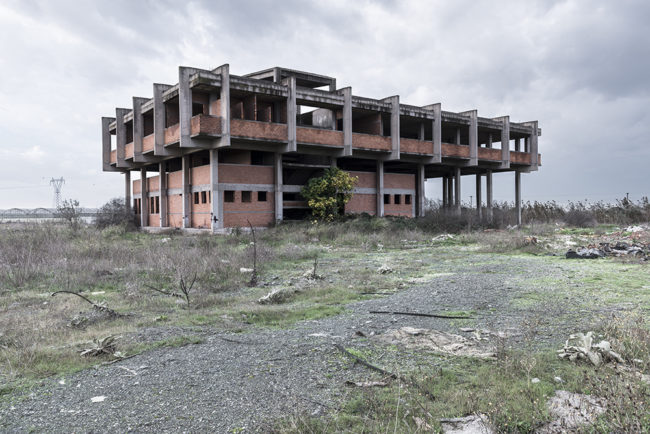
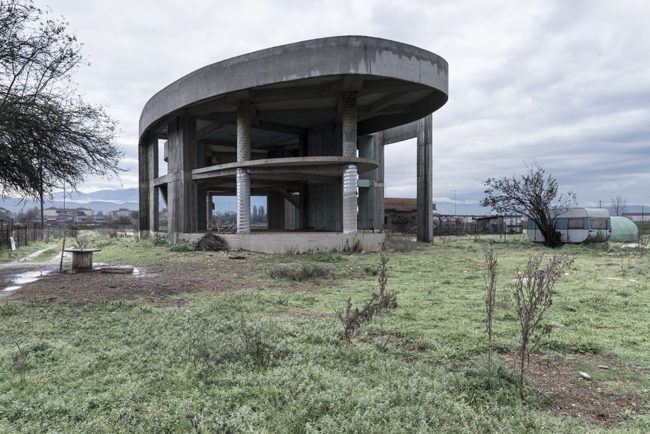
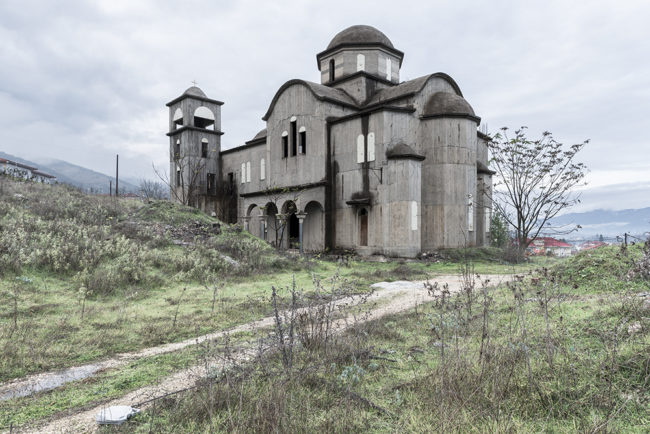

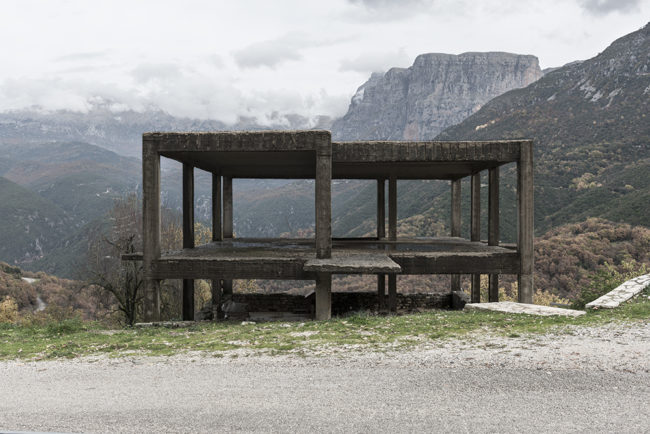
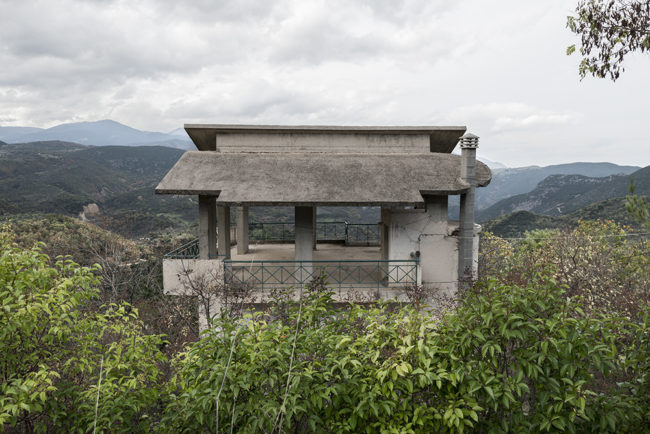


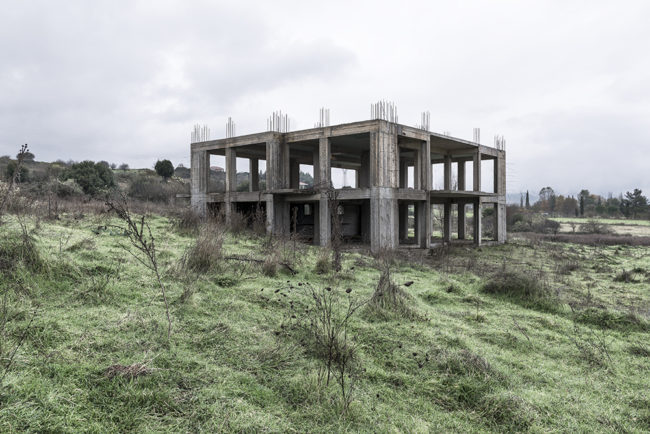
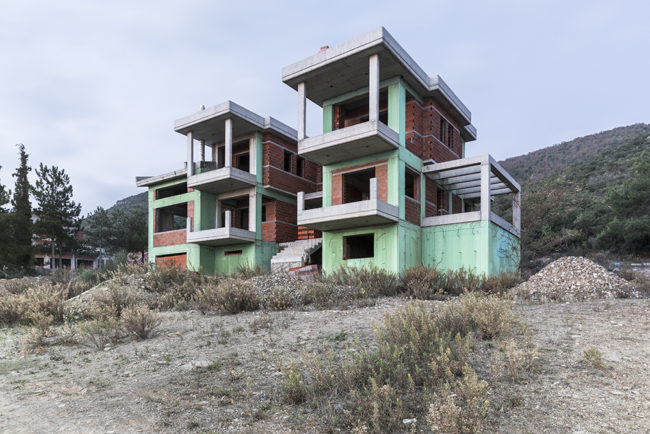

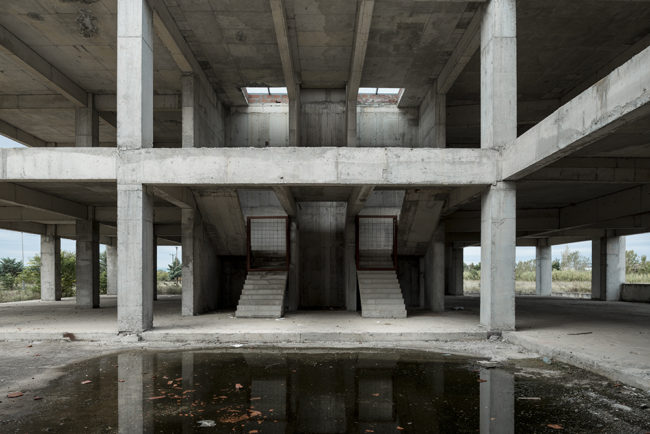
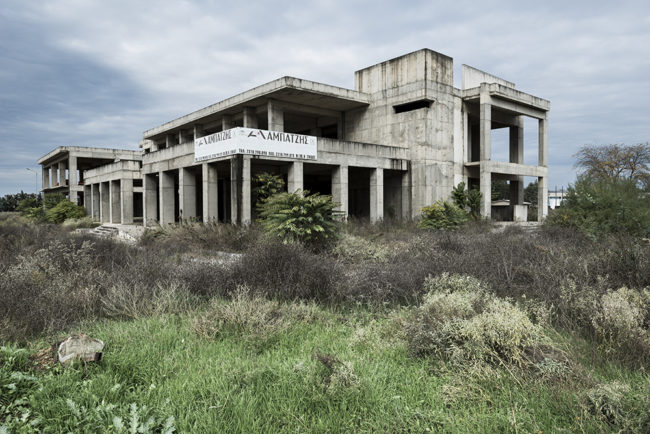
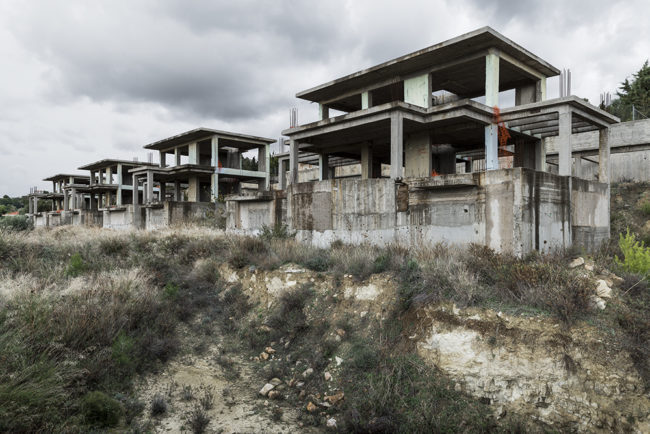
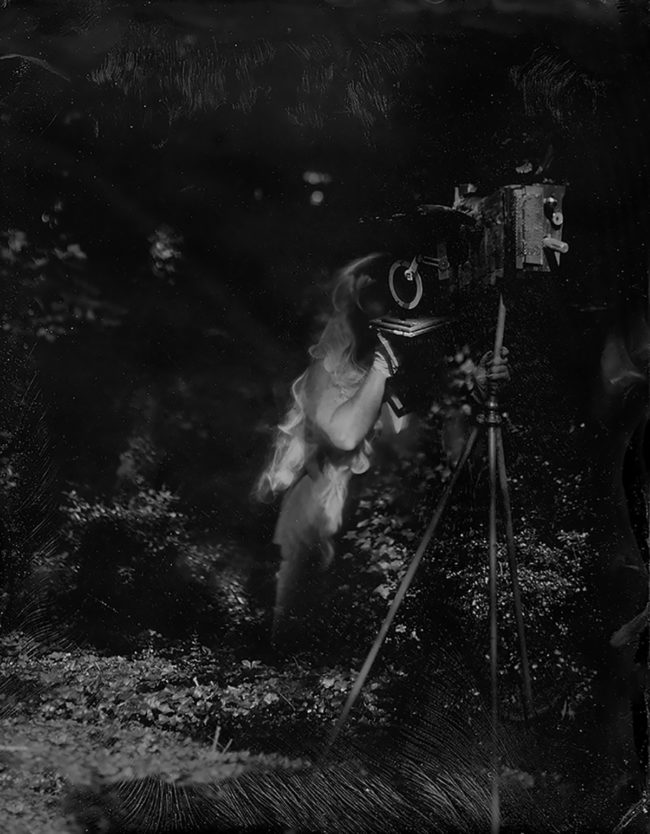
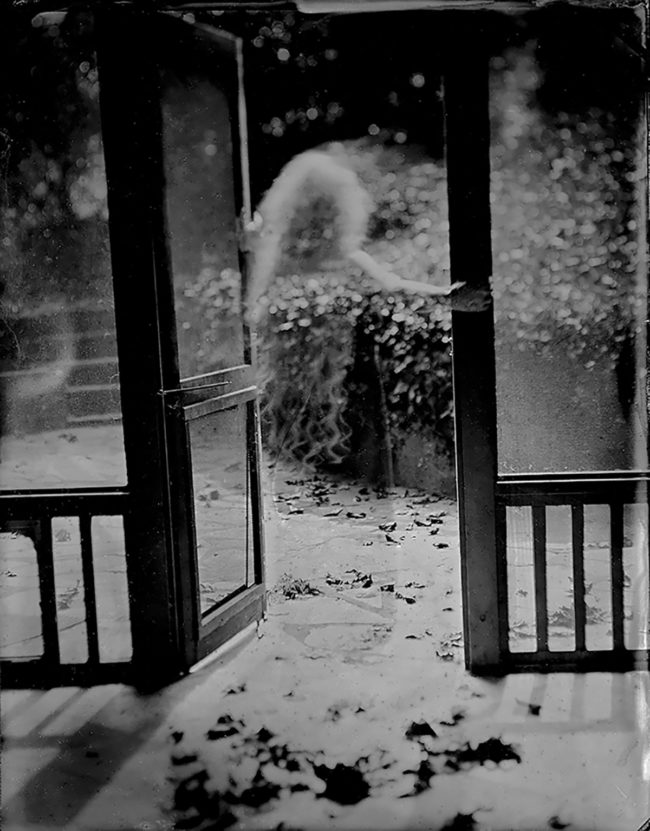
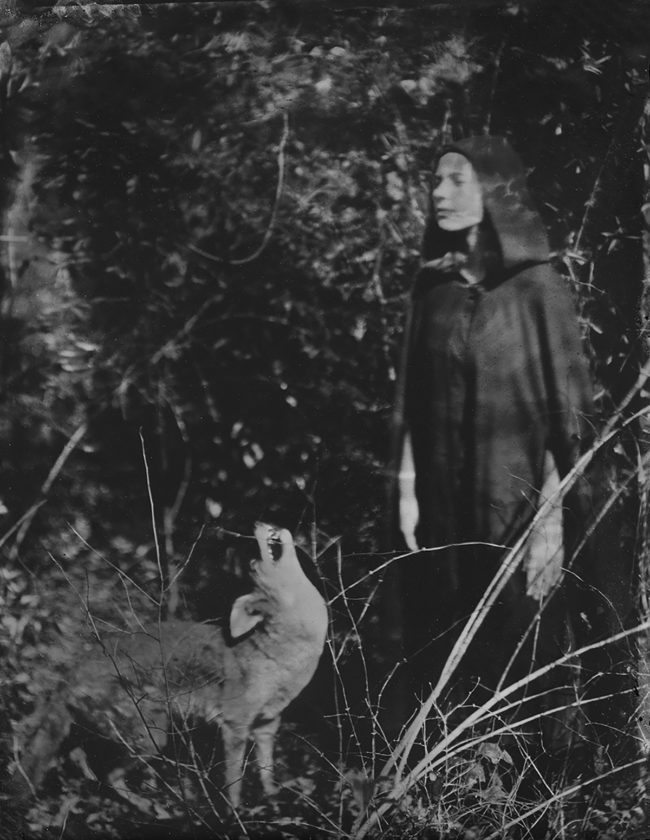
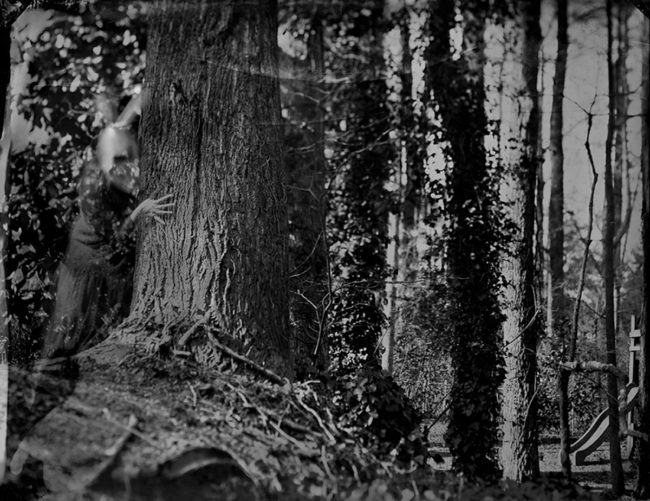

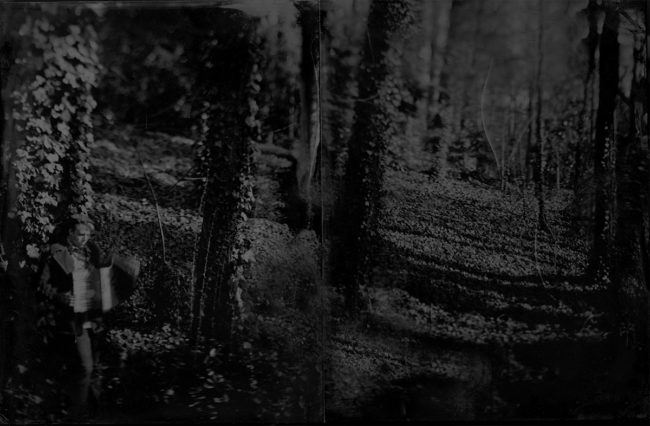

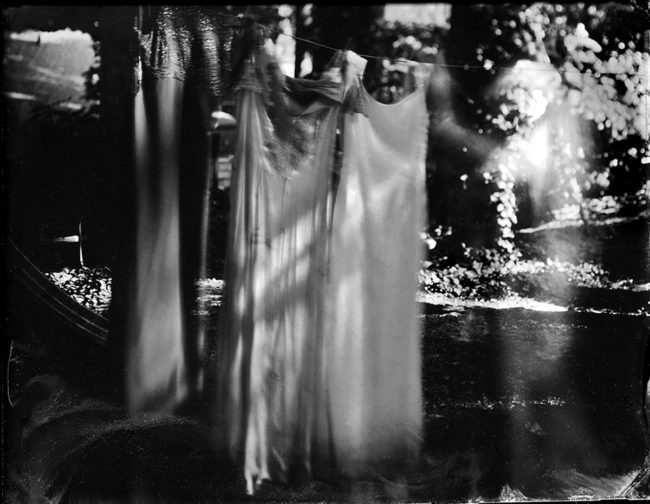

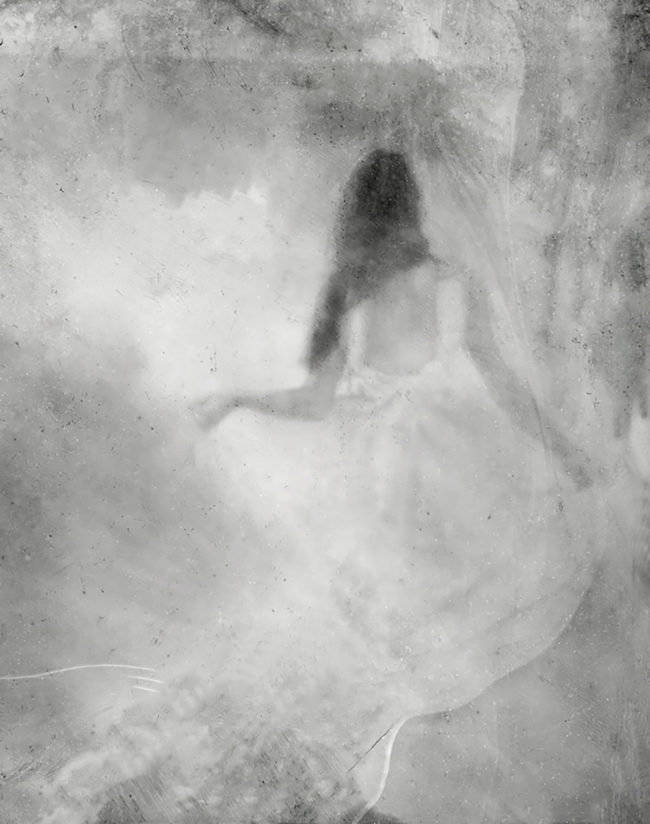
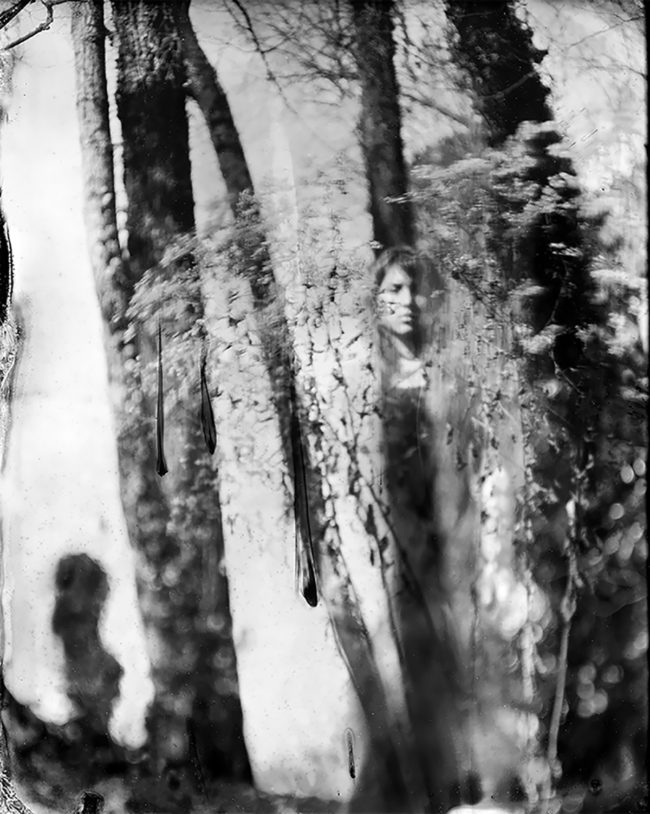
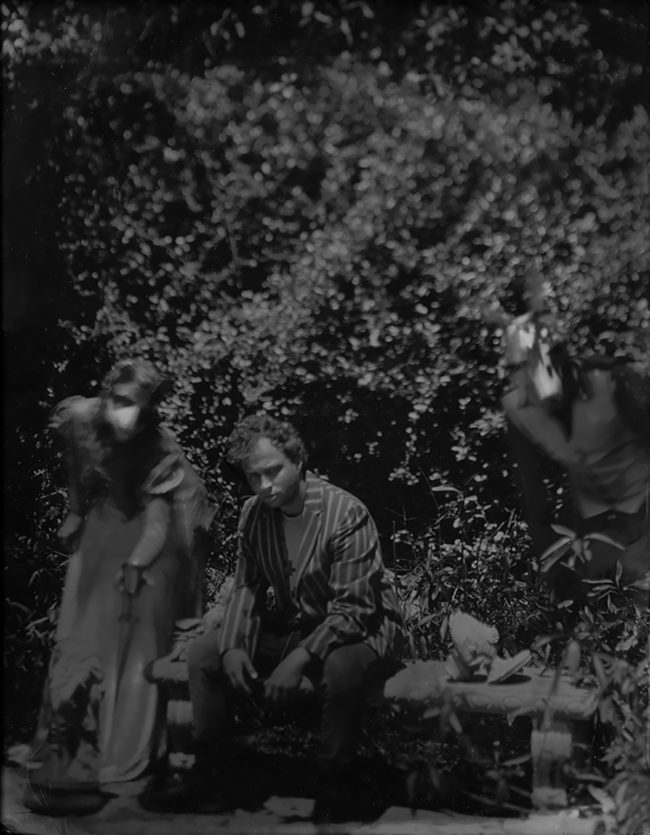
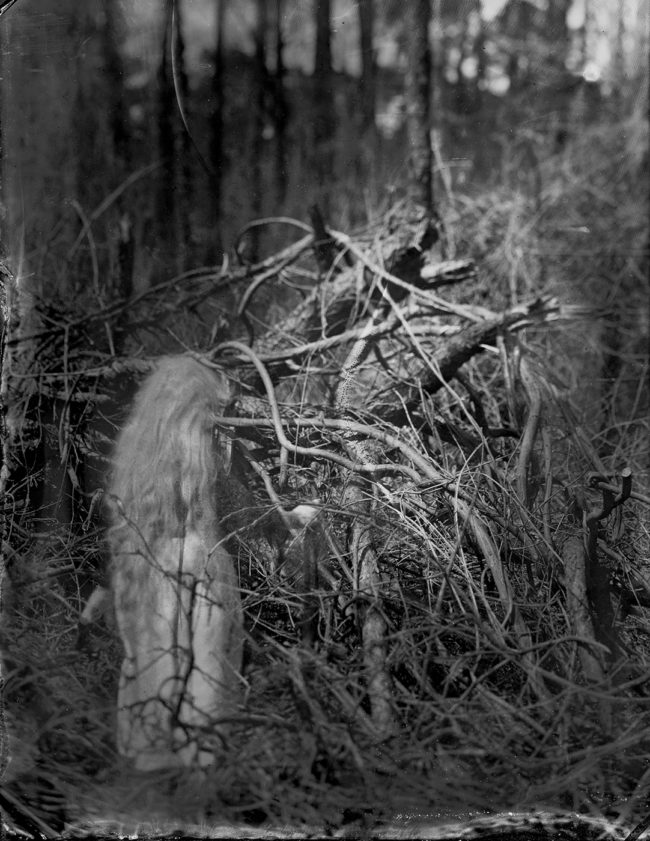

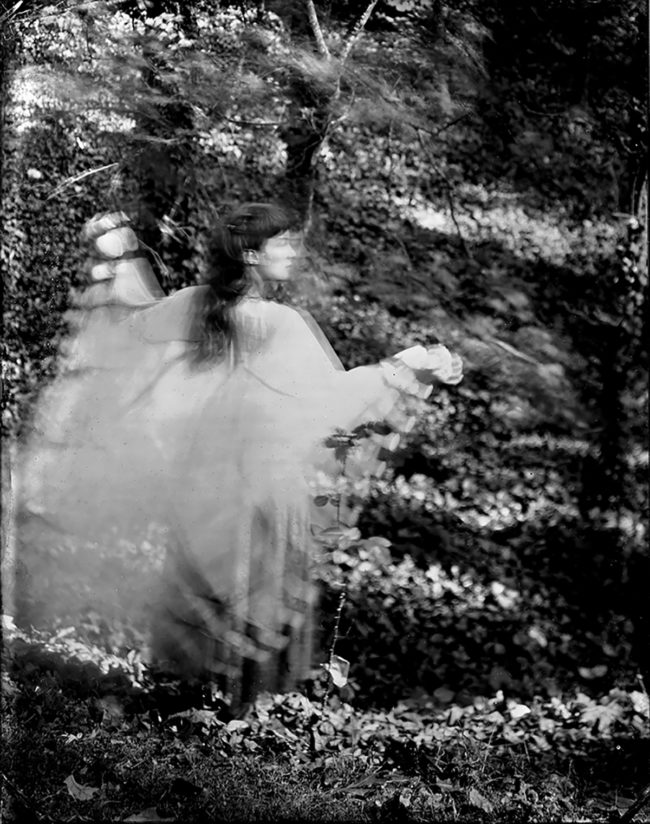
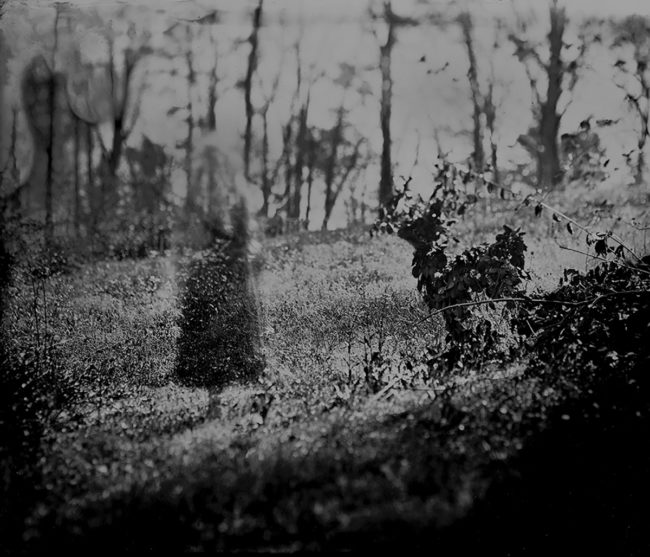



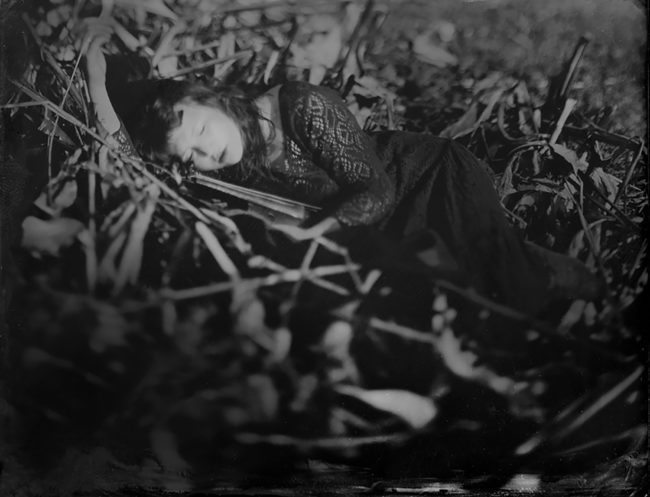
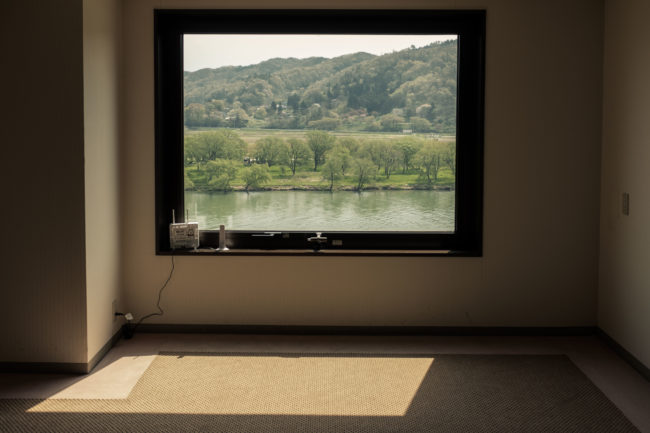
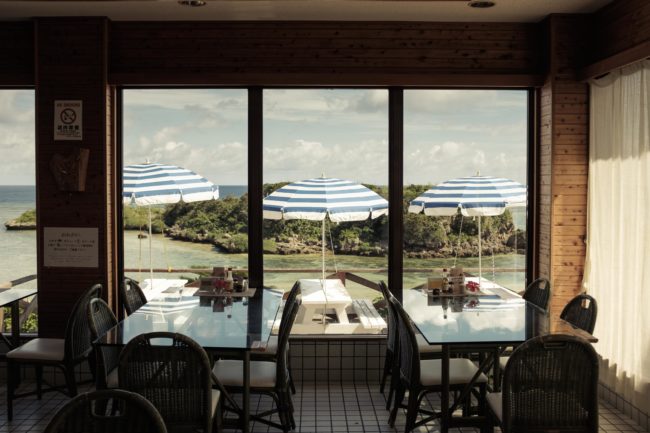


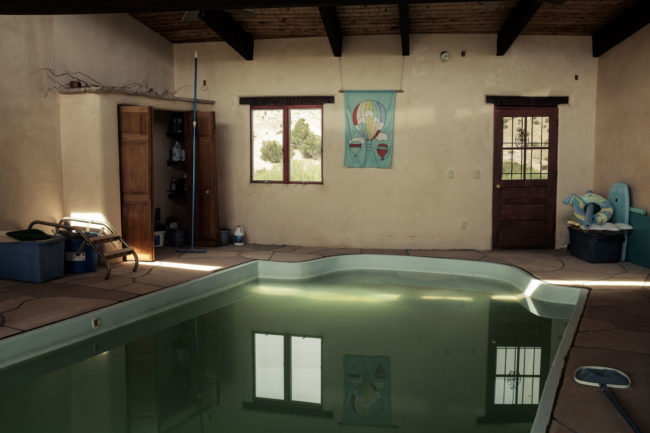
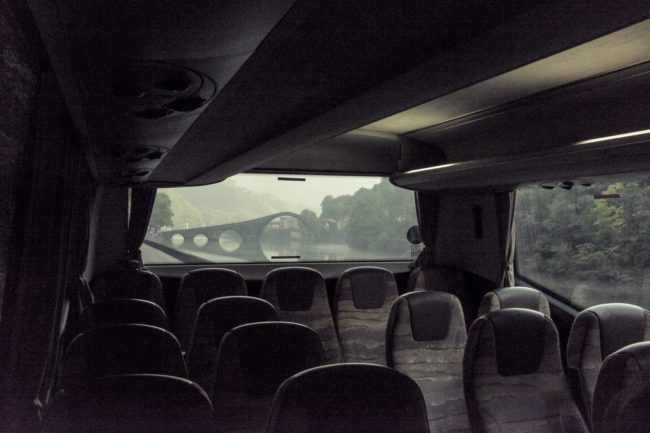
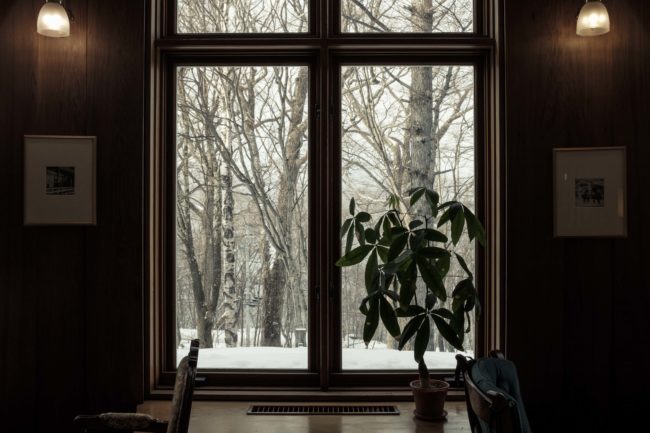
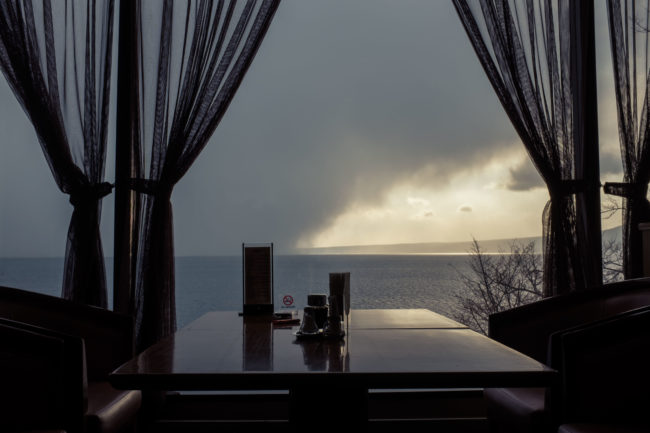
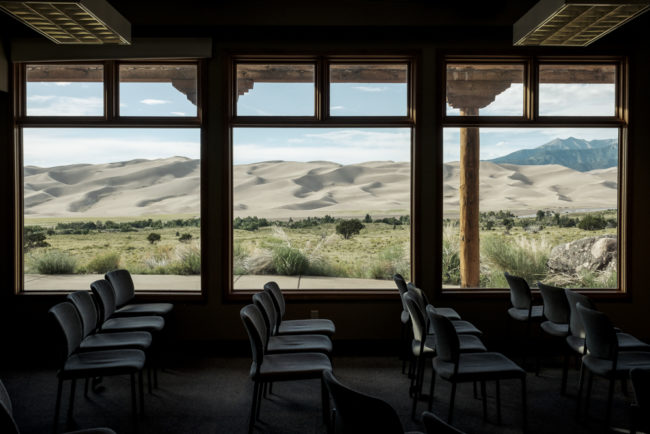
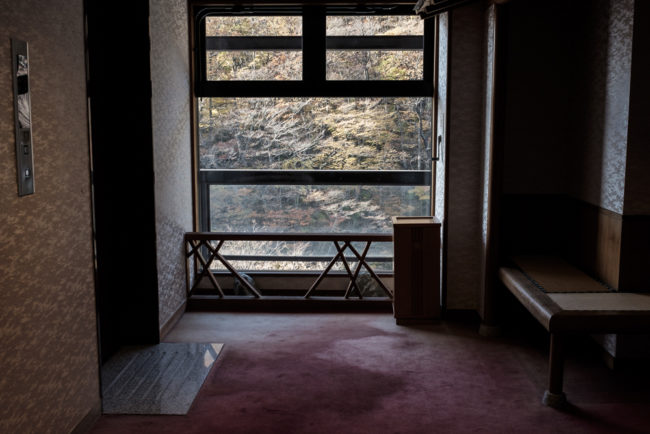
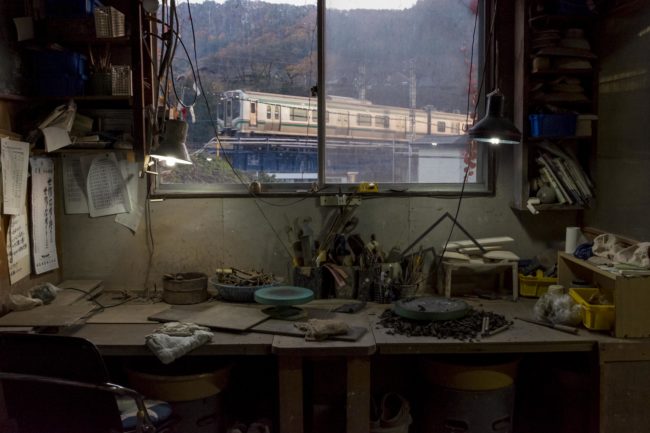
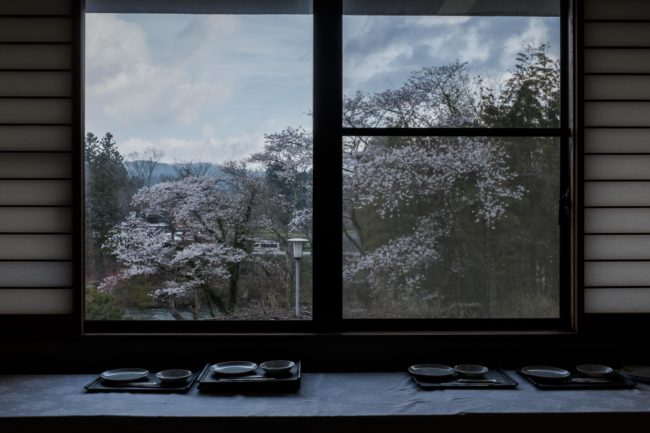
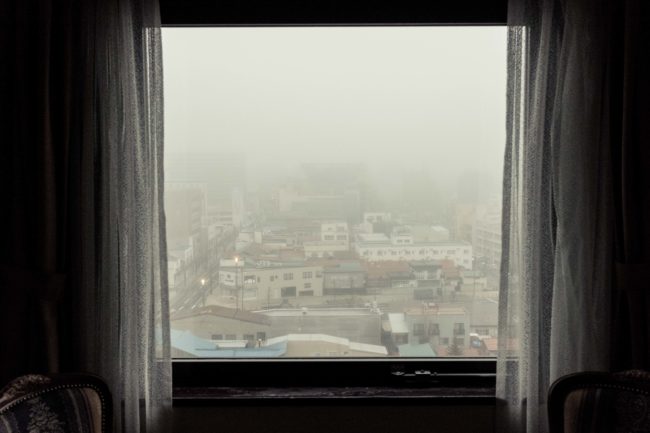
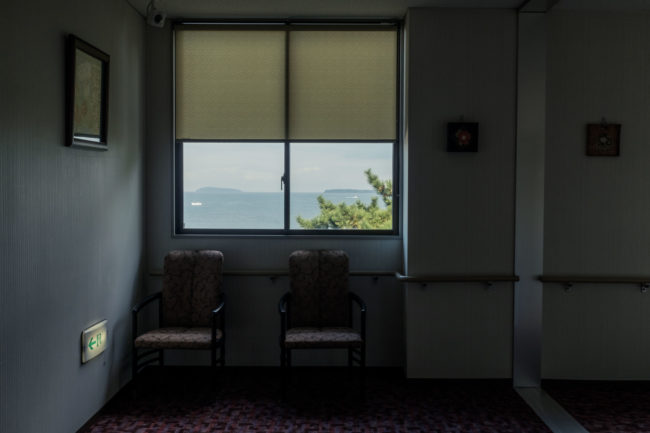


3 Comments
Next time be sure to check also the Blue Nile few doors down of d.b.a. Great variety of music from more experimental hip hop to famed NOLA bounce.
Amazing post! So much content and stoke. Thanks for sharing.
Beautiful work-•; great comments, as usual!
Comments are closed for this article!